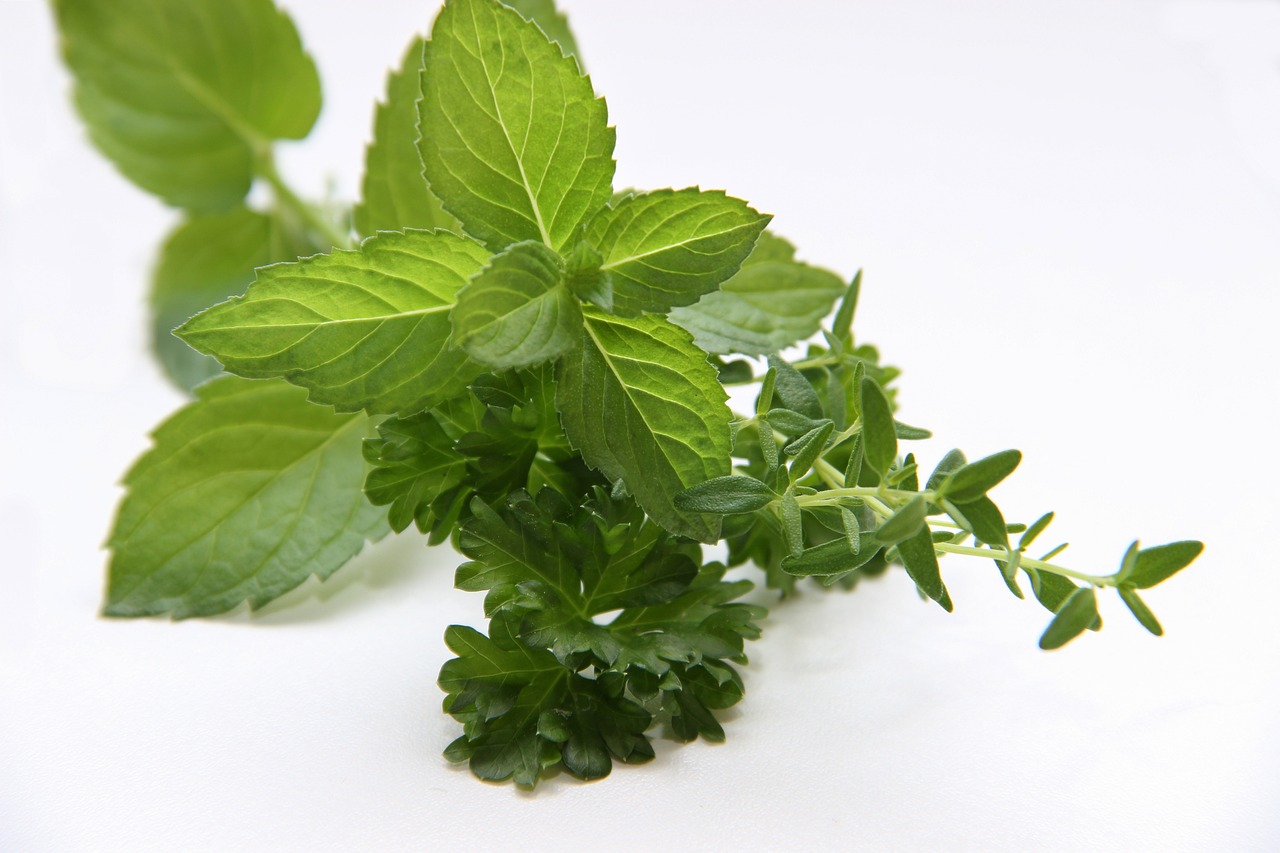Mindfulness-Based Stress Reduction Techniques
Stress is a common experience that affects many aspects of our lives. When we encounter stress, our bodies release cortisol and adrenaline, triggering the “fight or flight” response. This physiological reaction prepares our bodies to either confront the source of stress or flee from it. However, when stress becomes chronic, these hormones can wreak havoc on our physical and mental health.
The impact of long-term stress on the body can manifest in various ways. It can lead to high blood pressure, weakened immune function, and increased risk of chronic diseases such as heart disease and diabetes. Additionally, persistent stress can negatively affect our mental well-being, contributing to anxiety, depression, and other mental health issues. Understanding how stress affects the body is crucial in order to take steps to manage and reduce its impact on our overall health and well-being.
Benefits of Practicing Mindfulness
Mindfulness has been proven to offer a wide range of benefits for both mental and physical well-being. By focusing on the present moment without judgment, individuals can reduce stress and anxiety levels. This practice allows for increased self-awareness and the ability to manage emotions more effectively, leading to a sense of calm and clarity in daily life.
Moreover, cultivating mindfulness has been associated with improvements in cognitive function and memory. This heightened awareness can enhance concentration and decision-making abilities, ultimately boosting productivity and overall performance. Additionally, practicing mindfulness regularly can help foster deeper connections in relationships by promoting active listening and empathy towards others.
Techniques for Cultivating Mindfulness
Mindfulness can be cultivated through various techniques that can help individuals connect with the present moment. One effective method is mindful breathing, where you focus on the sensation of your breath flowing in and out of your body. By paying attention to each inhale and exhale, you can bring your awareness to the present moment and foster a sense of calmness.
Another way to cultivate mindfulness is through body scan meditations. This practice involves bringing your attention to different parts of your body, starting from your toes up to the top of your head. By scanning through each body part and noticing any sensations or tension, you can become more in tune with your physical experience and develop a deeper awareness of your body and mind.
• Mindful breathing is an effective technique for cultivating mindfulness
• Focus on the sensation of your breath flowing in and out of your body
• Pay attention to each inhale and exhale to bring awareness to the present moment
• Body scan meditations can also help cultivate mindfulness
• Bring attention to different parts of your body, from toes to head
• Notice sensations or tension in each body part to develop deeper awareness
What is mindfulness?
Mindfulness is the practice of being fully present and aware of your thoughts, feelings, and surroundings without judgment.
How does stress impact the body?
Stress can lead to a variety of physical and emotional symptoms, including headaches, muscle tension, anxiety, and fatigue.
What are the benefits of practicing mindfulness?
Practicing mindfulness can help reduce stress, improve focus and concentration, enhance self-awareness, and promote overall well-being.
How can I cultivate mindfulness?
There are several techniques for cultivating mindfulness, including deep breathing exercises, meditation, yoga, and mindful eating.
How often should I practice mindfulness?
It is recommended to practice mindfulness daily for at least a few minutes to experience the full benefits.
Can mindfulness help with anxiety and depression?
Yes, mindfulness has been shown to be effective in reducing symptoms of anxiety and depression by promoting relaxation and mental clarity.







